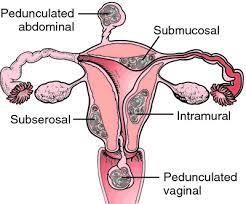The nurse determines the total intake for a client diagnosed with acute kidney injury. The client received 650 mL of intravenous fluid, 6 ounces of water, and 8 ounces of chicken broth during the shift.
The client's urinary output for the shift is 820 mL. What is the total intake the nurse will record for this client?
1060 mL
1055 mL
1050 mL
1070 mL
The Correct Answer is D
Choice A rationale: This is not the accurate amount of fluid intake by the patient.
Choice B rationale: This is less than the total fluid intake by the patient.
Choice C rationale: This is less than the total fluid intake by the patient.
Choice D rationale: This is correct.( This is the sum of the intravenous fluid, the water, and the chicken broth, converted to milliliters: 650 + (6 x 30) + (8 x 30) = 1070.)
Nursing Test Bank
Naxlex Comprehensive Predictor Exams
Related Questions
Correct Answer is A
Explanation
Choice A rationale: An allergy to sulfa drugs is important as some diabetes medications, like sulfonylureas, contain components related to sulfa drugs, which could cause an allergic reaction in susceptible individuals.
Choice B rationale: Smoking cessation and lifestyle history are important but might not directly impact initial diabetes treatment options.
Choice C rationale: Numbness in the soles of the feet might indicate neuropathy, a common complication of diabetes, but is not directly related to the choice of initial treatment.
Choice D rationale: While obesity is a risk factor for Type 2 diabetes, it's less critical for immediate treatment decisions compared to drug allergies that could impact medication choices.
Correct Answer is B
Explanation
Choice A rationale: Adenomas are benign tumors that originate from glandular tissue, such as the endometrium, the inner lining of the uterus.
Choice B rationale: Leiomyomas, also known as fibroids, are benign tumors that arise from the smooth muscle cells of the myometrium, the middle layer of the uterine wall. They are the most common type of uterine tumors, affecting up to 80% of women by age 50. They can cause symptoms such as heavy menstrual bleeding, pelvic pain, pressure, and infertility.
Choice C rationale: Endometriosis is a condition where endometrial tissue grows outside the uterus, causing inflammation and pain.
Choice D rationale: Adenomyosis is a condition where endometrial tissue invades the myometrium, causing enlargement and distortion of the uterus.

Whether you are a student looking to ace your exams or a practicing nurse seeking to enhance your expertise , our nursing education contents will empower you with the confidence and competence to make a difference in the lives of patients and become a respected leader in the healthcare field.
Visit Naxlex, invest in your future and unlock endless possibilities with our unparalleled nursing education contents today
Report Wrong Answer on the Current Question
Do you disagree with the answer? If yes, what is your expected answer? Explain.
Kindly be descriptive with the issue you are facing.
